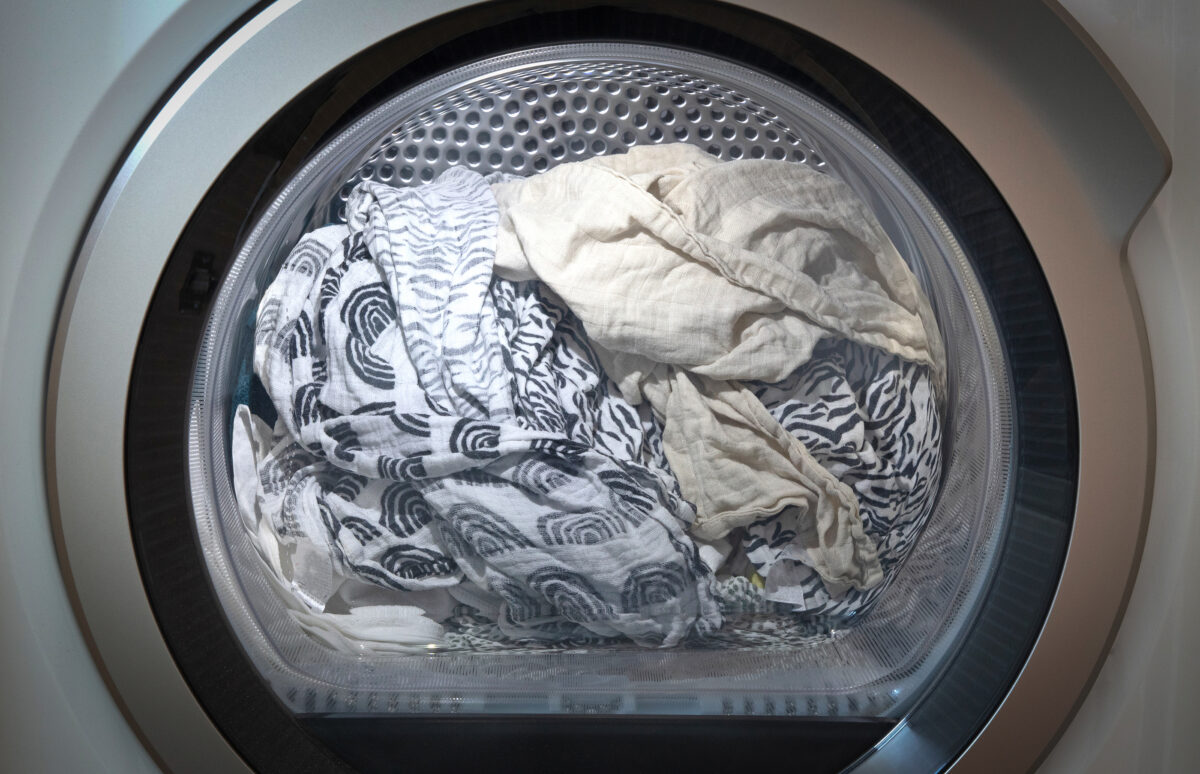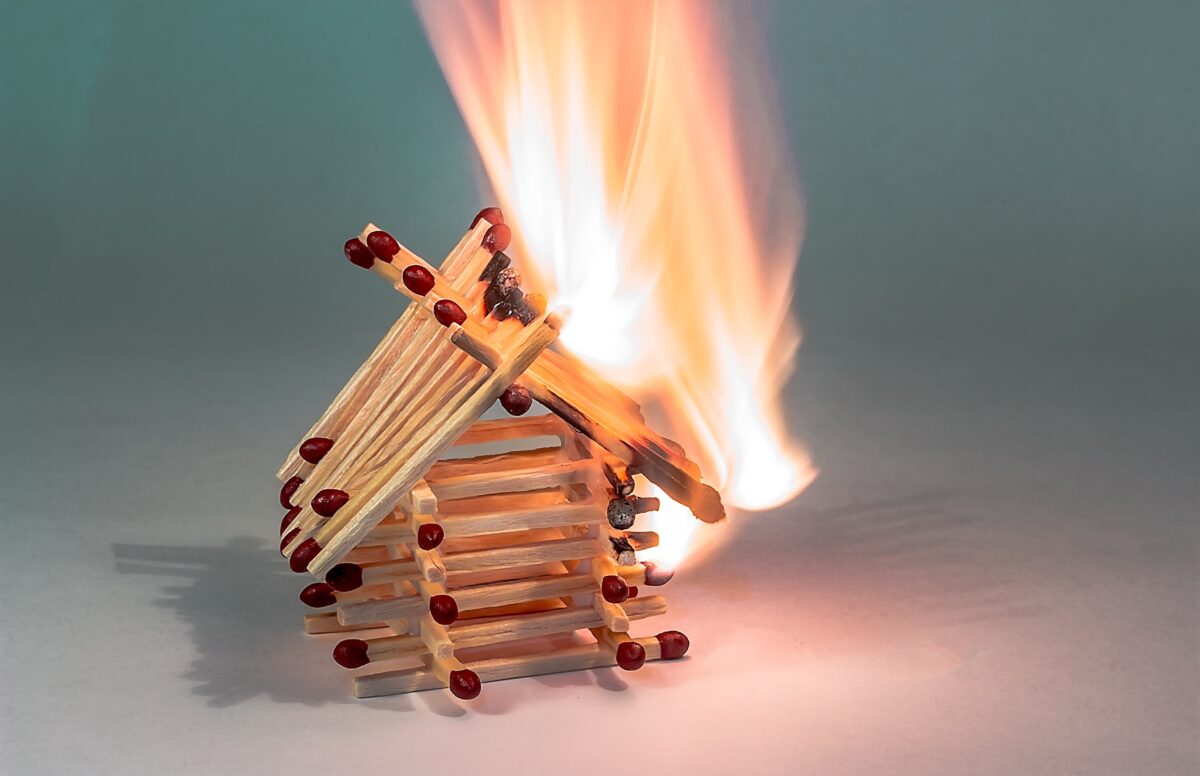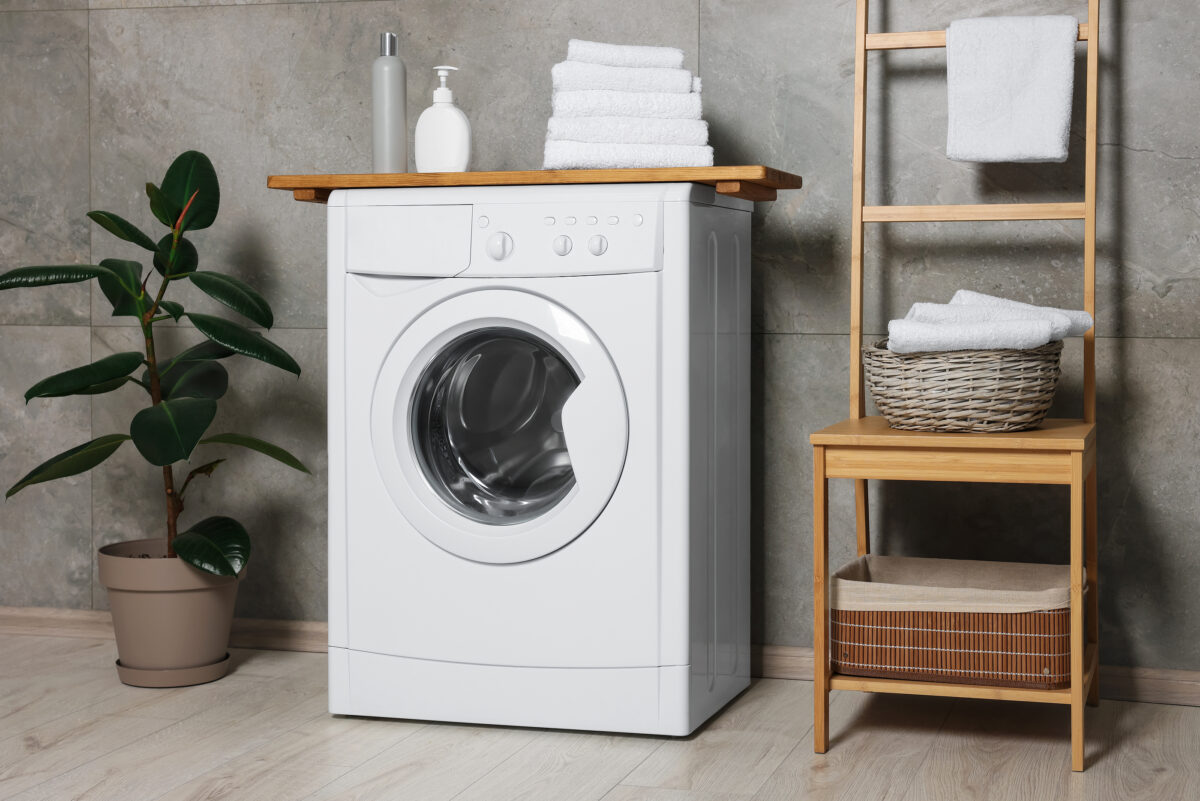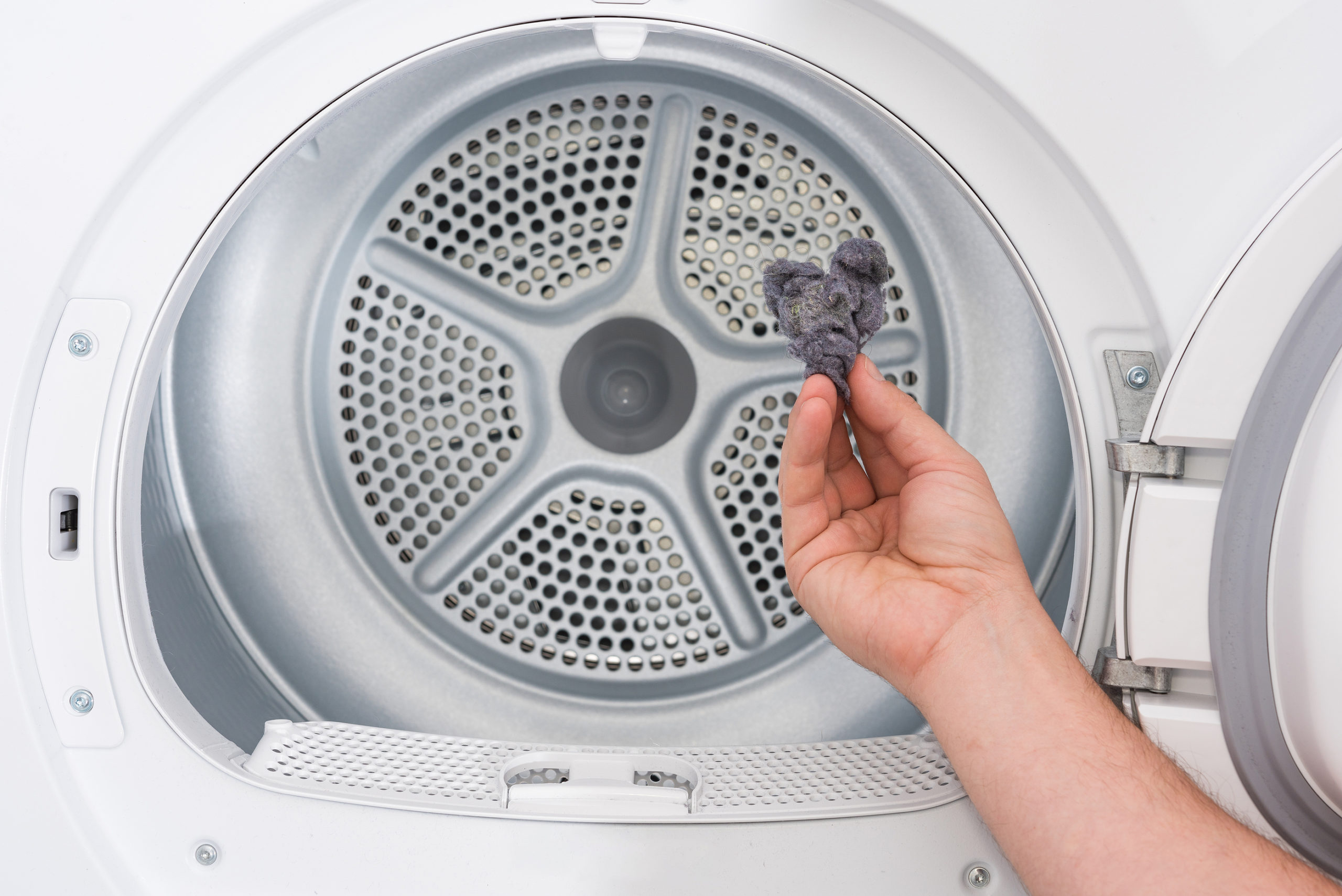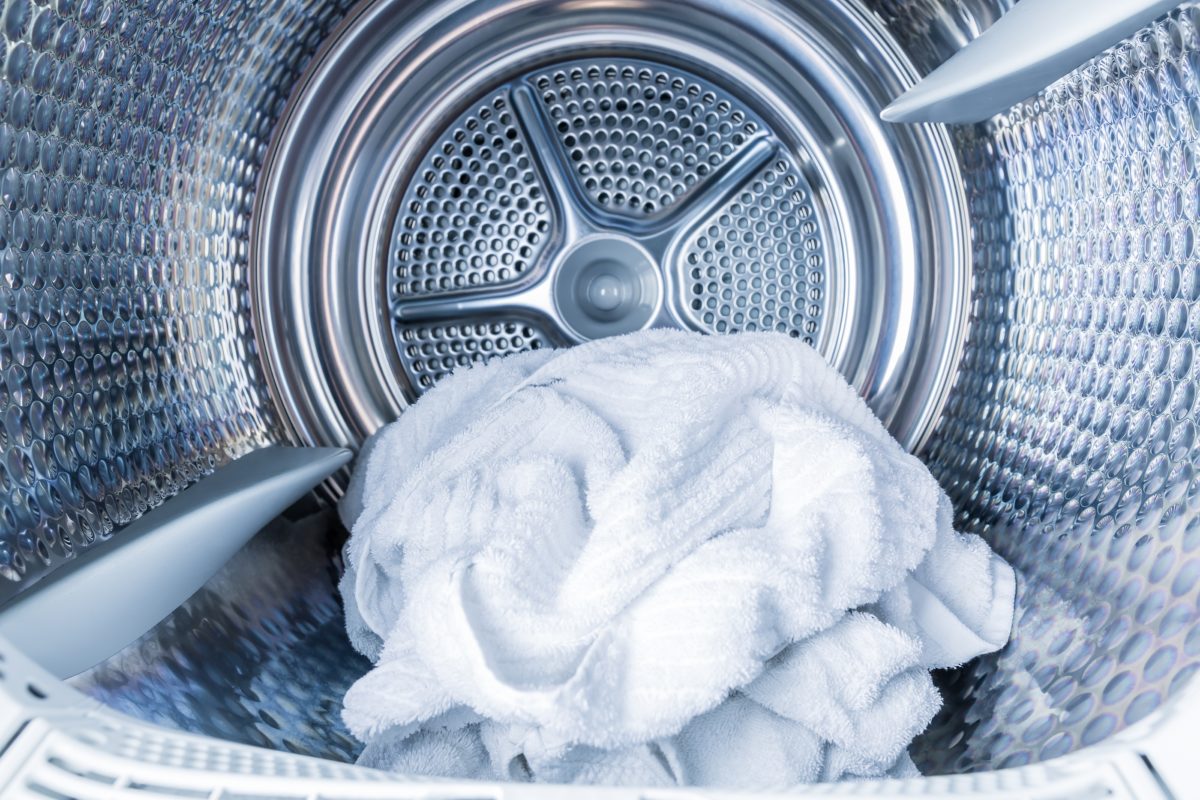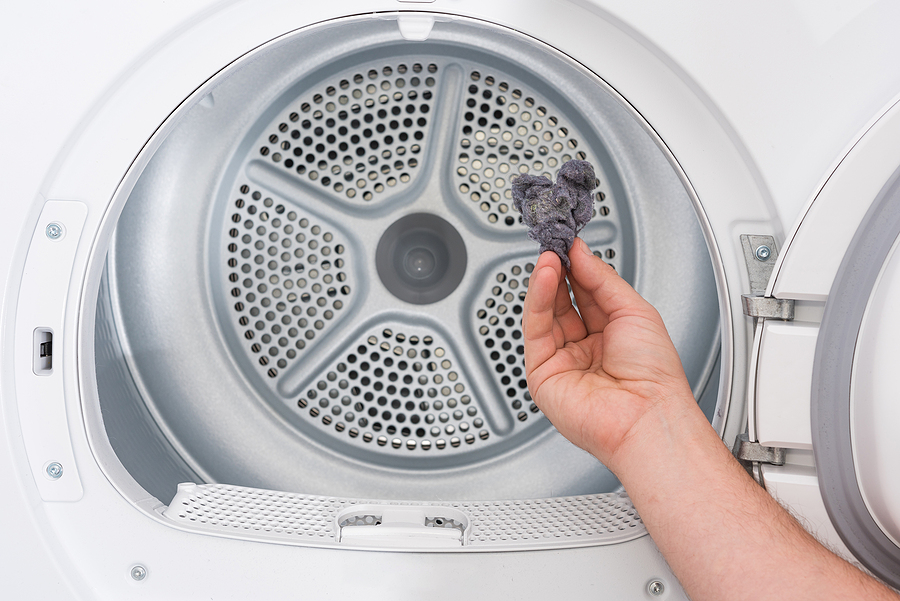In every home, a series of systems and appliances diligently works to make our lives easier and one of them is your Dryer Anatomy. Quite often, they operate in the background, unnoticed and uncelebrated. Among these unsung heroes is your dryer, a marvel of modern engineering that gifts us the comfort of warm, dry clothes at the touch of a button. But what goes on beneath the drum, in the labyrinth of components that conspire to give you dry and comfortable clothing?
Let’s embark on a voyage into the world of dryer anatomy, learning the ropes of the key parts, their functions, and the all-important tips for ensuring your dryer enjoys a long, efficient life.
A Closer Look at the Core Elements
Understanding the core elements of your dryer anatomy empowers you with the knowledge to maintain it.
The Drum and the Drive Belt
At the heart of the dryer anatomy is the drum, a large cylinder that houses your wet clothes. The drum rotates thanks to the drive belt, a sturdy loop of rubber that winds around the drum, and a motor pulley. Keeping the belt in good condition ensures that the drum rotates evenly, preventing unwelcome noises and maintaining efficiency.
The Motor and Blower
The motor is the powerhouse, orchestrating the rotation of the drum through the drive belt. Nearby, the blower fan works tirelessly, ushering warm air into the drum and fostering an environment for speedy drying.
The Heating Element
Depending on your dryer model — electric or gas — there’s a specially designed heating element. In electric dryers, this is a set of coils that heat up as electricity flows through them. Gas dryers, on the other hand, rely on a gas burner to produce heat. A proactive check on the health of the heating element can keep your dryer’s performance at its peak.
Thermostats and Sensors
Thermostats and sensors oversee the drying process, ensuring the right amount of heat is maintained. When these components work flawlessly, they safeguard your clothes from high-temperature damage, presenting you with dry yet undamaged clothing.
Airflow System
A masterpiece in the engineering of dryer anatomy is the sophisticated airflow system, crucial in removing the moist air and ushering in dry, warm air. Let’s delve deeper into this breath of fresh air in your dryer’s anatomy.
Lint Filter
Each drying cycle produces lint, a byproduct of the drying process. The lint filter stands guard, trapping lint and ensuring it doesn’t obstruct the vent. Regular cleaning of this filter guarantees optimal performance and safeguards your home from potential fire hazards.
Venting System
An intricate system of ducts and vents ensures moist air finds its way out of the dryer anatomy, maintaining a dry environment conducive for drying your clothes. Keeping these paths clear is your ticket to an efficient and safe dryer anatomy operation.
The Brain Behind the Operations: Controls and Settings
Modern dryers come equipped with a series of controls and settings, allowing you to tailor the drying process to suit your needs precisely. Understanding these can lead you to a world of customization.
Timers and Sensors
Timers let you dictate the length of the drying cycle while moisture sensors automatically shut off the dryer when the clothes are dry, saving energy and protecting your garments from over-drying.
Special Cycle Settings
From sanitizing to steam cycles, dryer anatomy today offer a suite of specialized settings designed for different fabrics and drying requirements, giving you control to get the perfect dry, every time.
Maintenance: The Secret to a Long-Lasting Dryer
Now that we have dissected your dryer anatomy, it is time to chart a roadmap to keep your appliance running efficiently for years to come.
Regular Cleaning
Regular cleaning goes beyond the lint filter. It includes wiping down the drum and keeping the exterior dust-free, tasks that contribute to the overall health of the dryer anatomy.
Professional Inspections
Scheduling professional inspections can nip potential issues in the bud, ensuring a longer, trouble-free life for your dryer. These experts scrutinize every nook and cranny, offering detailed insights into the health of your appliance.
Professional Dryer Vent Cleaning
Getting your dryer vent cleaned professionally at least once a year is a vital part of dryer maintenance. This helps enhance your dryer’s efficiency and protects your home against fire hazards. Dryer vents can accumulate lint and other debris over time, which can cause your dryer to work overtime, increasing energy costs and putting additional strain on its components.
Here’s what you can expect from a professional dryer vent cleaning service:
Dryer Vent Inspection
Before cleaning, a professional will thoroughly inspect your dryer vent to ascertain the extent of the buildup and identify any existing issues.
Removing Lint and Debris
The service includes removing all lint and debris accumulated in the vent using high-powered vacuum equipment and specialized brushes designed to clean dryer vents without causing any damage.
Checking for Damages and Repairs
Once the vent is clean, the technician will check for any damages or areas needing repairs, ensuring the entire system is in good working order.
Testing
Finally, the technician will run your dryer to ensure the exhaust system is properly venting from the back of the appliance to the outside atmosphere. It’s important to note that a technician’s focus will be solely on the dryer’s exhaust system, not the entire appliance. This test will demonstrate the improved efficiency of the venting system, affirming that any issues specific to this system have been resolved.
If your appliance is out of warranty and requires further service or repair beyond our scope, The Irish Sweep can recommend a highly skilled repair specialist who can address these additional concerns.
Tips to Maintain Your Dryer Anatomy Between Professional Cleanings
While yearly professional cleanings are crucial, maintaining your dryer between these services can further extend its lifespan. Here are some tips:
- Empty the Lint Filter After Every Load: Make this a habit to prevent lint buildups.
- Inspect the Vent Regularly: Make a habit of checking the vent regularly for any visible signs of clogging or damages.
- Avoid Overloading the Dryer: Putting too many clothes in the dryer not only decreases its efficiency but can also put extra strain on the motor and other components.
- Use the Right Settings: Always use the appropriate settings for each load to avoid unnecessary wear and tear.
- Clean the Drum Regularly: Wipe the drum with a damp cloth to remove any residue or lint that may have accumulated.
- Monitor the Drying Time: If you notice that your dryer takes longer to dry clothes, it’s a sign that it’s time for a maintenance check.
By adhering to a maintenance schedule that includes regular cleaning, professional inspections, and dryer vent cleaning, you can extend the lifespan of your dryer, improve its efficiency, and ensure the safety of your home. Remember, a well-maintained dryer is the secret to a long-lasting appliance, saving you money and avoiding the hassle of frequent repairs or replacements in the long run.
A Call to Action: Secure Your Peace of Mind
Knowledge is power. Now that you understand dryer anatomy, you stand in a position to maintain it with proficiency and use it to its fullest potential.
Remember, the pathway to a long-lasting and efficient dryer involves partnering with professionals who mirror your dedication to maintenance and safety.
That’s where The Irish Sweep steps in, your ally in fostering the health and longevity of your dryer. Reach out to The Irish Sweep for an inspection and witness firsthand the revitalization of your dryer anatomy, as it continues to serve you, silently and efficiently, day in and day out.
The colder, wetter months are just on the horizon. This seasonal shift presents a pivotal moment to ensure your dryer anatomy is in optimal condition, safeguarding you from the frustrations of damp clothes and extended drying times during rainy weather. Moreover, anticipating our winter schedule’s bustling nature, it’s prudent to consider dryer maintenance now, ahead of the rush.

